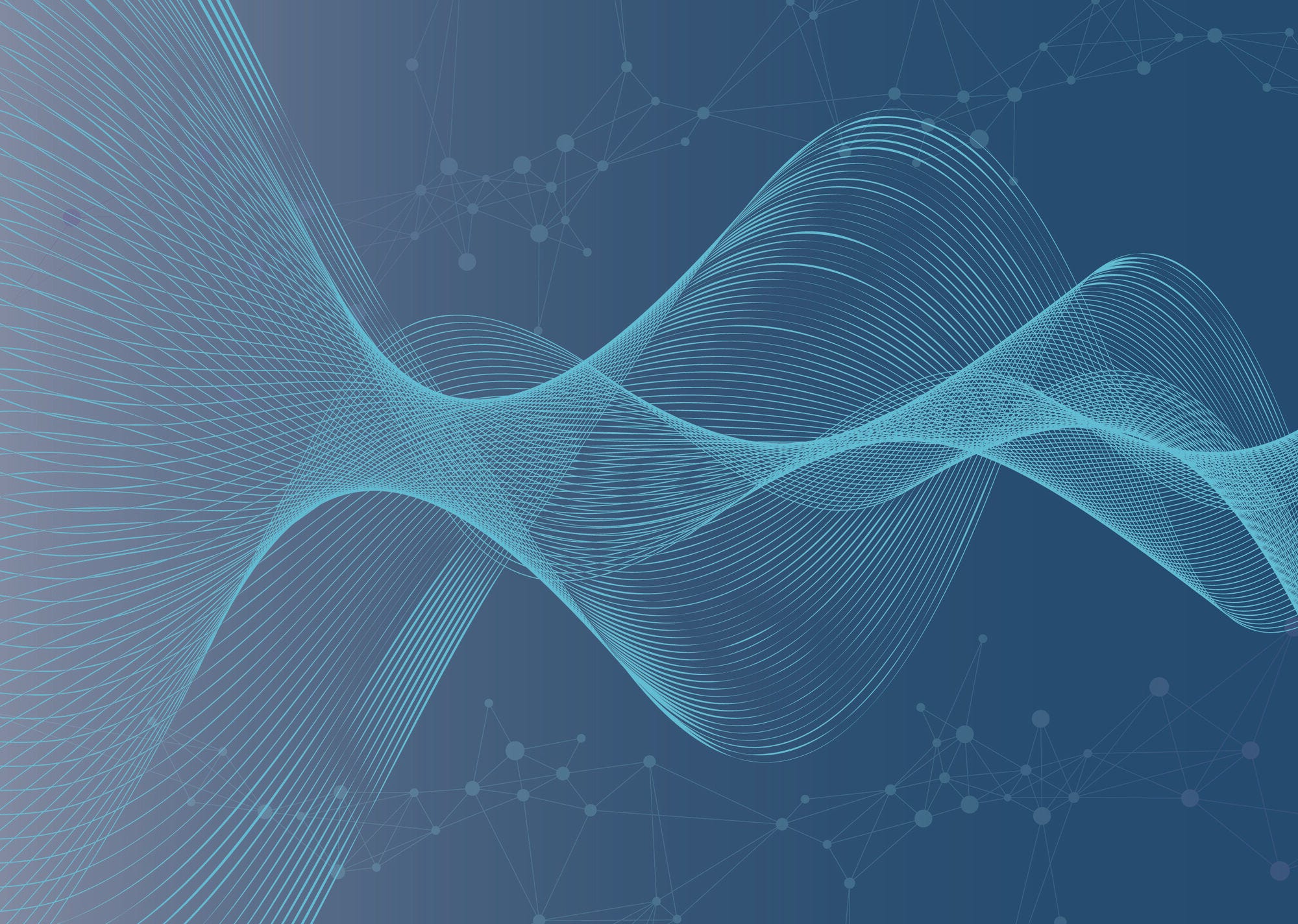This report explores the current state of Internet of Things (IoT) adoption and usage in OECD countries among businesses, households, and individuals. It analyzes IoT trends based on semiconductors, patents, venture capital investments, and firms. Additionally, it includes two case studies that examine the implementation of IoT in manufacturing and healthcare.
Measuring the Internet of Things

Abstract
Executive Summary
This report provides new evidence on how the Internet of Things (IoT) – the inter-networking of physical devices and objects whose state can be altered via the Internet – is diffusing in OECD countries. Connected industrial equipment, smart home devices and connected cars are all examples of IoT applications.
According to some estimates, the number of IoT connections surpassed that of non-IoT in 2020. Semiconductor components of IoT devices have been growing constantly in recent years and are estimated to account for between 5 and 7% of the worldwide semiconductor market. IoT-related patent applications grew by close to 20% a year in 2010-18 and accounted for over 11% of all patenting activity worldwide at the end of the period. Venture capital investment in IoT firms also increased dramatically in the last decade, reaching USD 8 billion in 2020. Despite this buoyant environment, the IoT is diffusing unevenly among firms, industries and countries.
In 2021, 29% of European firms used the IoT, an increase of almost 8 percentage points from the previous year. This share was lower in Canada (23%) and Korea (14%) in 2020, although differences in the survey design limit comparability across countries. Overall, utilities, energy and transport are leading in uptake. The figures also point to a divide between large and small firms: on average, the gap in IoT adoption in OECD countries was as big as 20 percentage points in 2020.
Case studies on manufacturing firms in Germany and Brazil show that the use of IoT increases their competitiveness by reducing costs and improving processes. For instance, one large firm reports that IoT data, in combination with machine learning, has reduced the cost associated with poor product quality by nearly 70%. Concerns about digital security and data protection are among the major barriers to IoT uptake in the sector, with a lack of interoperability and limited scalability also playing an important role.
People enjoy smart TVs and smart speakers in their living rooms but seem less keen on smart fridges in their kitchens. In European countries, on average, 56% of individuals had some smart entertainment device at home in 2020 but only 27% had home automation devices. Smartwatches and wristbands are becoming popular for tracking calories but fewer individuals use smart devices to monitor their health conditions. Only 6% of individuals in the United States and European countries owned health-related IoT devices in 2020, whereas many more had a smartwatch (12%) or a wristband (23%). These statistics suggest an untapped potential for IoT in healthcare.
Remote patient monitoring (RPM) has the potential to reduce hospital length of stay and hospitalisation costs, as found in some pilot projects. However, a few hospitals and general practitioners in OECD countries use smart devices for RPM. The lack of specific reimbursement mechanisms, limited digital skills, and the low degree of digitalisation of the healthcare sector are some of the most cited barriers to higher adoption of RPM.
While these metrics provide useful insights, measurement of the IoT is still in its infancy and statistical efforts need to continue in this rapidly evolving field. In addition, future work should further inquire into the drivers and obstacles to IoT adoption to help policy makers formulate effective policies.
Related publications
-
 24 July 2023
24 July 2023





